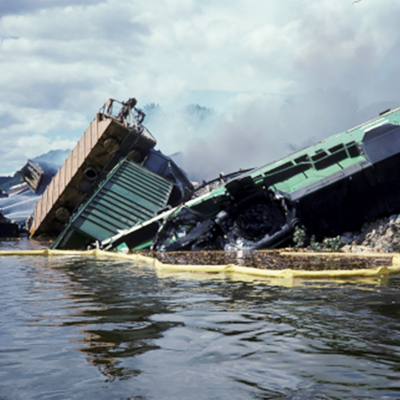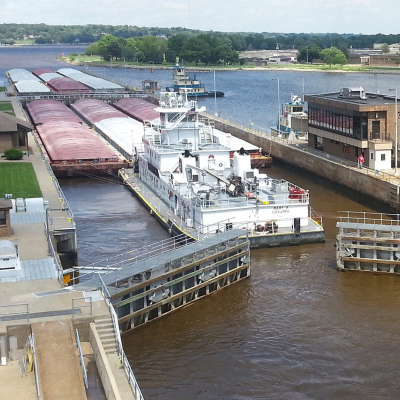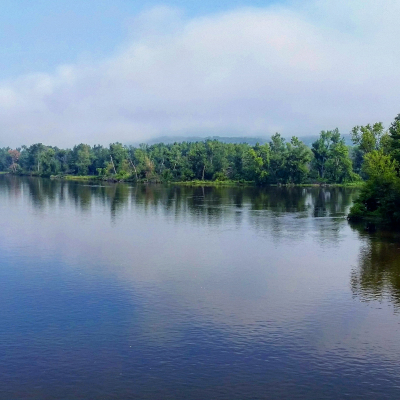UMRBA published its second assessment of water quality on the Upper Mississippi River System, the “How Clean is the River?” report, which presents trends between 1989 and 2018.
This new report underscores the value of coordinated and comprehensive water quality monitoring and management on the Upper Mississippi River System, while revealing where future work is needed.
The first assessment was published in 1981 and led UMRBA’s water quality program to focus on heavy metals and sediment, two major contaminants of concern at the time. This second assessment shows significant improvements in water quality conditions since then in large part due to legislation and policy that addressed point source and nonpoint source pollution. It supports UMRBA’s current interstate focus on nutrients, chloride, and emerging contaminants.
This new report reflects the interstate water quality management framework established by UMRBA through its member states – Illinois, Iowa, Minnesota, Missouri, and Wisconsin – to improve water quality through identifying problem areas, targeting management actions, and measuring progress in protecting water quality. In the analysis, UMRBA recognizes that important data gaps continue to reduce our ability to effectively identify problems and target management actions to protect water quality.
UMRBA encourages state and local governments and other partners to support its Interstate Water Quality Monitoring Program, which would provide consistent and uniform data collection on the Upper Mississippi River. Learn more about the Interstate Monitoring Program by clicking here to review the program purpose, goals, completed pilots, and various reference documents.
We invite you to explore the report’s analysis of all 19 parameters, including maps of trend information, by clicking here to view the report.
Notable Trends and Important Information Gaps
| Positive Trends | Negative Trends | Data Gaps | ||
|
|
|
||
|
|
|
||
|
|
|
||
|
|
|||
|




